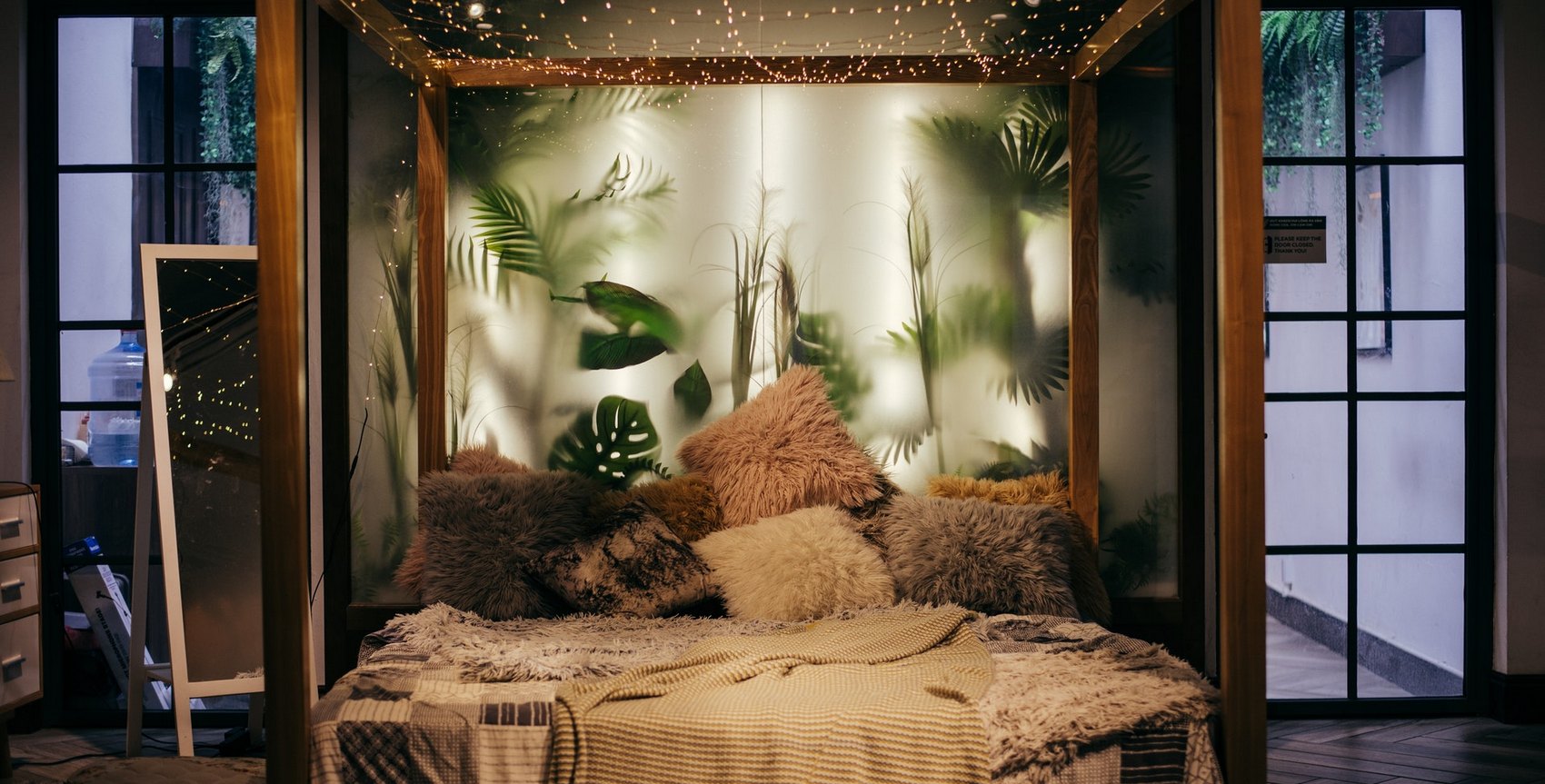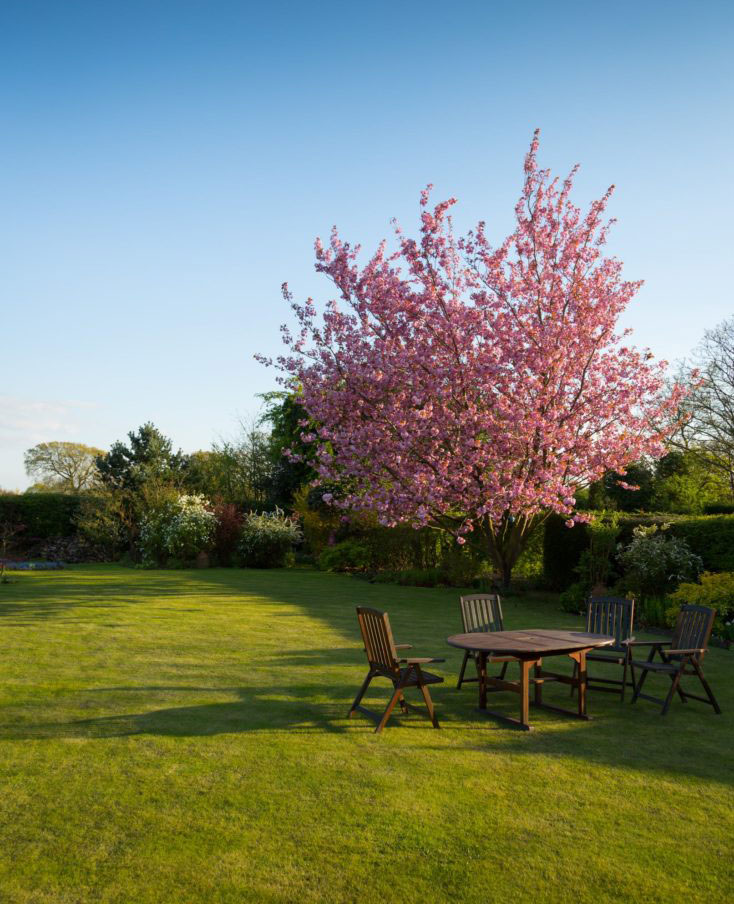Ecological Design

Ecological design is an attempt to recreate the natural environment in places where people live. The meaning of eco-design is in the name itself – the interior, made in this vein, is in optimal harmony with the environment. It is in the “eco” room people can feel all the benefits of natural materials and really take a break from the stuffy city. Eco-style or naturale is expressed only through its idea, natural beginning, naturalness of materials, colors and regularity of forms.
The main elements of eco-style:
- basic materials: wood, stone, clay, glass, fabrics made of natural materials;
- The basic colors: beige, brown, white (in contrast to black or dark wood), soft pastel colors. More often natural colors are used: pale green, pale blue, colors of grass, water, stone, wood and soil;
- proximity to nature or a feeling of closeness, in such an interior is easy to breathe, a lot of light.
The history of Eco-style
This style has no tumultuous history of development, as well as famous monuments. The style can hardly be called unique by borrowing forms and methods from other styles.
Appeal to the “eco” one way or another, occurs, but it is only a mixture of eco style with others. For example, the architect Alvar Aalto – “the father of modernism” – designed houses with trees sprouting through the roofs and vines winding around them.
Eco-style began to talk in the late XX century, when people were tired of environmental problems and decided to create their own “clean” world in an apartment or house. This design is interesting because it is dictated by nature itself. Man as a part of the world and nature, is in no hurry to give it up, seeks to preserve it, to reproduce it in the countryside or in the apartment, as in the eco-style.
Of course, the appeal to nature was also found before in other styles. It was expressed in paintings, murals, textures, architectural elements and sculptures. The most striking reflection of the theme of nature was in Art Nouveau. But if Art Nouveau relies on elements of classical styles, the eco-style of modern, not disdaining the presence of technology and electronics, certainly is not natural.
Also partly eco is a style of eco, not counting his departure from modernity. “Progenitors” eco style are considered to be Scandinavian designers, who gave the basis in combining natural material and innovative form, as well as Japanese traditionalists.
Due to its positive energy, promoting relaxation, paying attention to health and right living, eco-style interior quickly found a following and continues to be popular in today’s homes and apartments.
Today you can often find a mixture of other styles with eco-style, in other words, eco-styling interior.
